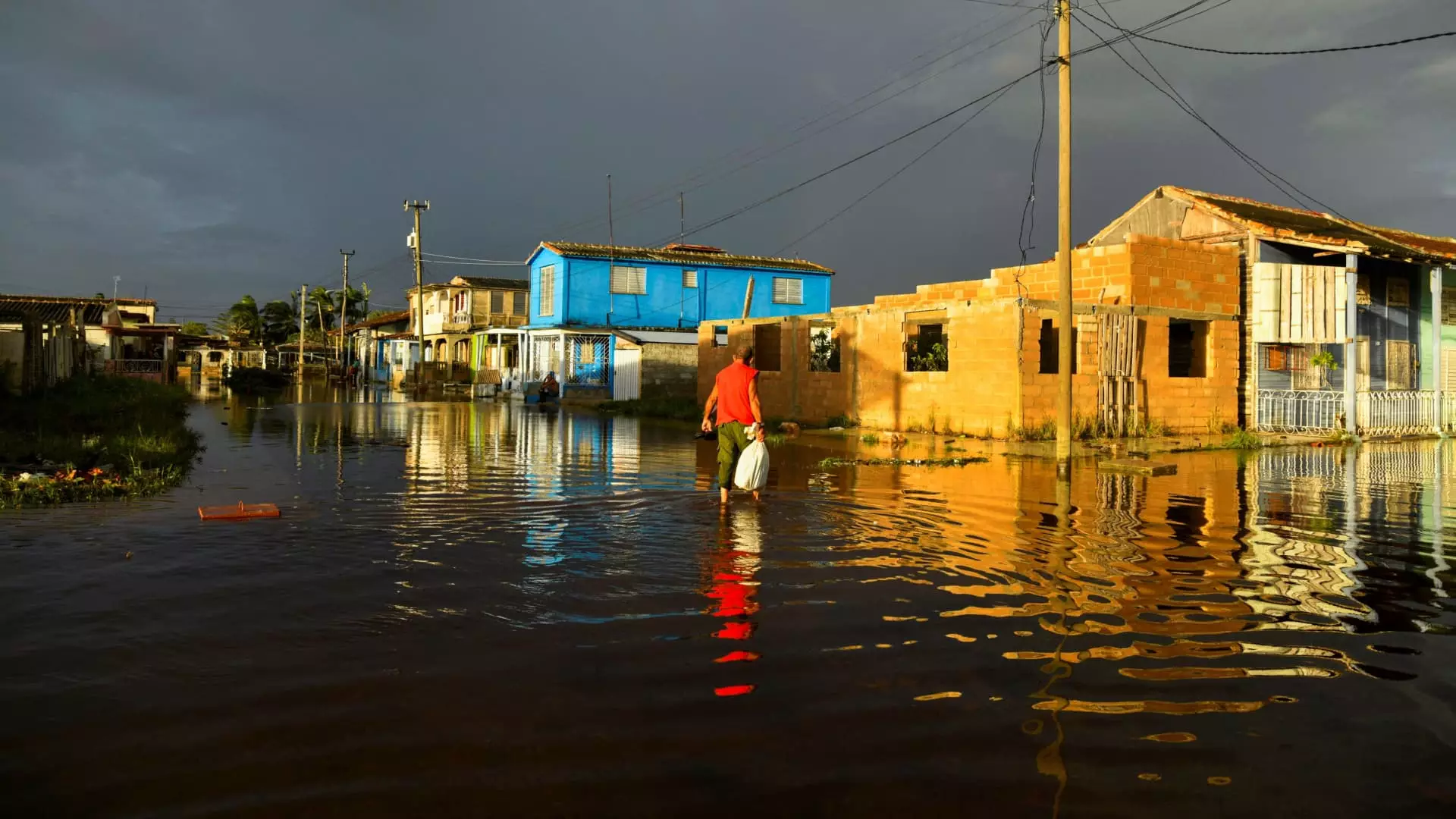Hurricane Rafael has emerged as a significant meteorological event, marking a rare occurrence as the first major hurricane in the Gulf of Mexico in November in almost four decades. With sustained wind speeds of 120 mph, this Category 3 hurricane poses an array of life-threatening challenges to the southern United States coastline. As it barrels westward, forecasters warn of dangerous conditions including treacherous surf and rip currents across the Gulf region, heightening the risk to both residents and travelers alike.
The storm’s fury was first felt in Cuba, where it wreaked havoc, leaving millions in the dark. The nation’s entire electricity infrastructure collapsed due to winds reaching 115 mph, triggering a widespread blackout that affected approximately 10 million people. This was not just an isolated event; Cuba experienced its second full power failure within a month. In an alarming display of vulnerability, more than 283,000 individuals were evacuated, including nearly 100,000 from the capital, Havana. The densely populated city, home to about 2 million inhabitants, is particularly susceptible to the consequences of extreme weather due to its aging infrastructure and close quarter living conditions.
In the face of such adversity, local residents have shown remarkable resilience. Many sought refuge in hotels equipped with generators, using the opportunity to power essential devices. Community solidarity emerged as hotel management extended their resources by allowing neighbors to charge their mobile phones, a lifeline for communication during trying times. “It is the second time that we have to live through all that has happened,” expressed Havana resident Mario de la Rosa Negrin, illustrating the emotional burden placed on the citizens as they navigate both environmental and infrastructural crises.
As of early Friday morning, Rafael was located 585 miles from the mouth of the Rio Grande and was moving west at a speed of 9 mph. While forecasters predict the storm will weaken over the weekend, the possibility of sustained tropical storm-force winds extends up to 115 miles from its center. The National Hurricane Center anticipates that residents in vulnerable coastal regions must remain on high alert. Notably, Rafael is tied with Hurricane Kate from 1985 as one of the most potent storms recorded during November in the Gulf, showcasing the unpredictable nature of recent weather patterns.
Hurricane Rafael serves as a stark reminder of the increasing ferocity of storms in changing climate conditions, particularly the unusual occurrence of late-season hurricanes in historically calmer months. As the Gulf of Mexico braces for impact and those in Cuba begin to recover, the implications of such extreme weather extend beyond immediate danger; they raise pressing questions about disaster preparedness, infrastructure resilience, and community response in the face of climate change. The lessons learned from Rafael could prove crucial in shaping future readiness and response strategies for the southern United States and beyond.


Leave a Reply